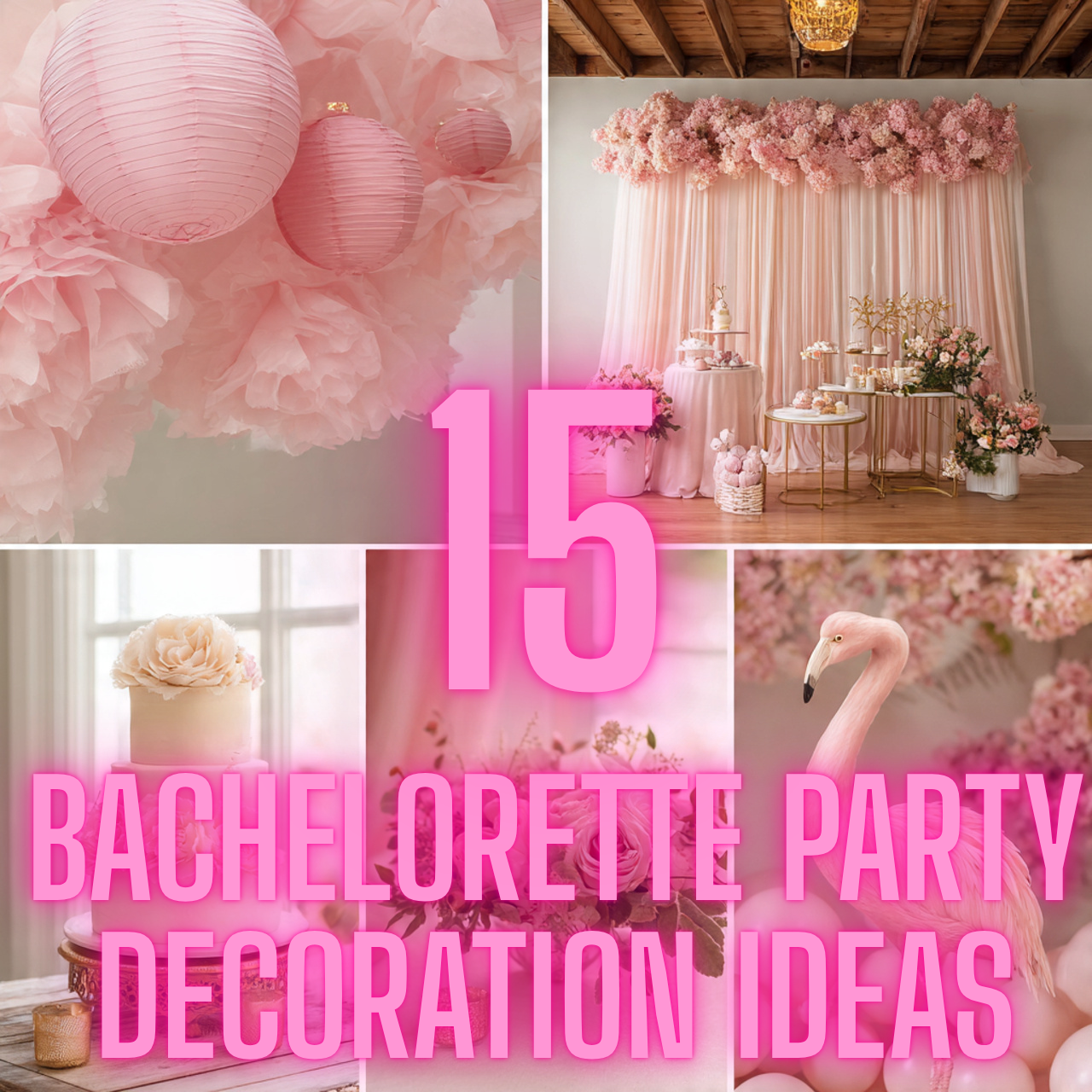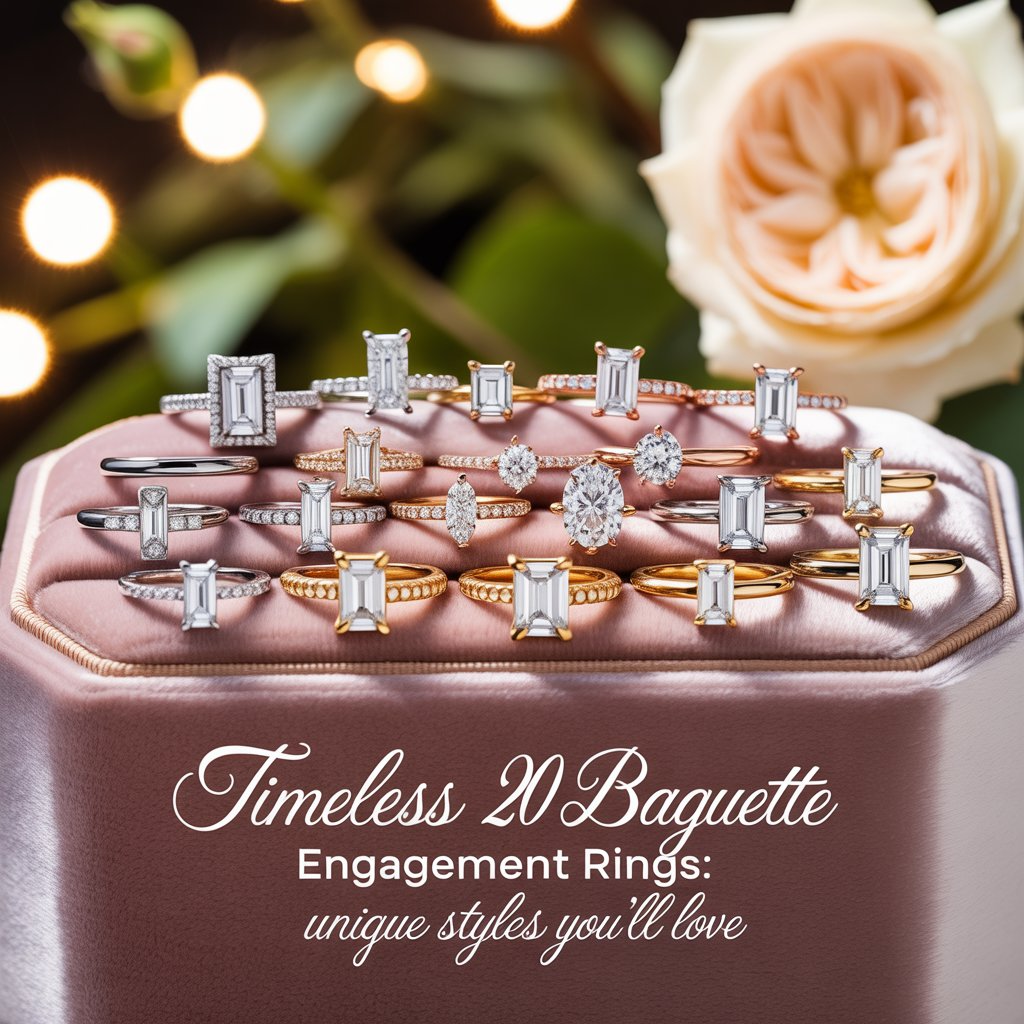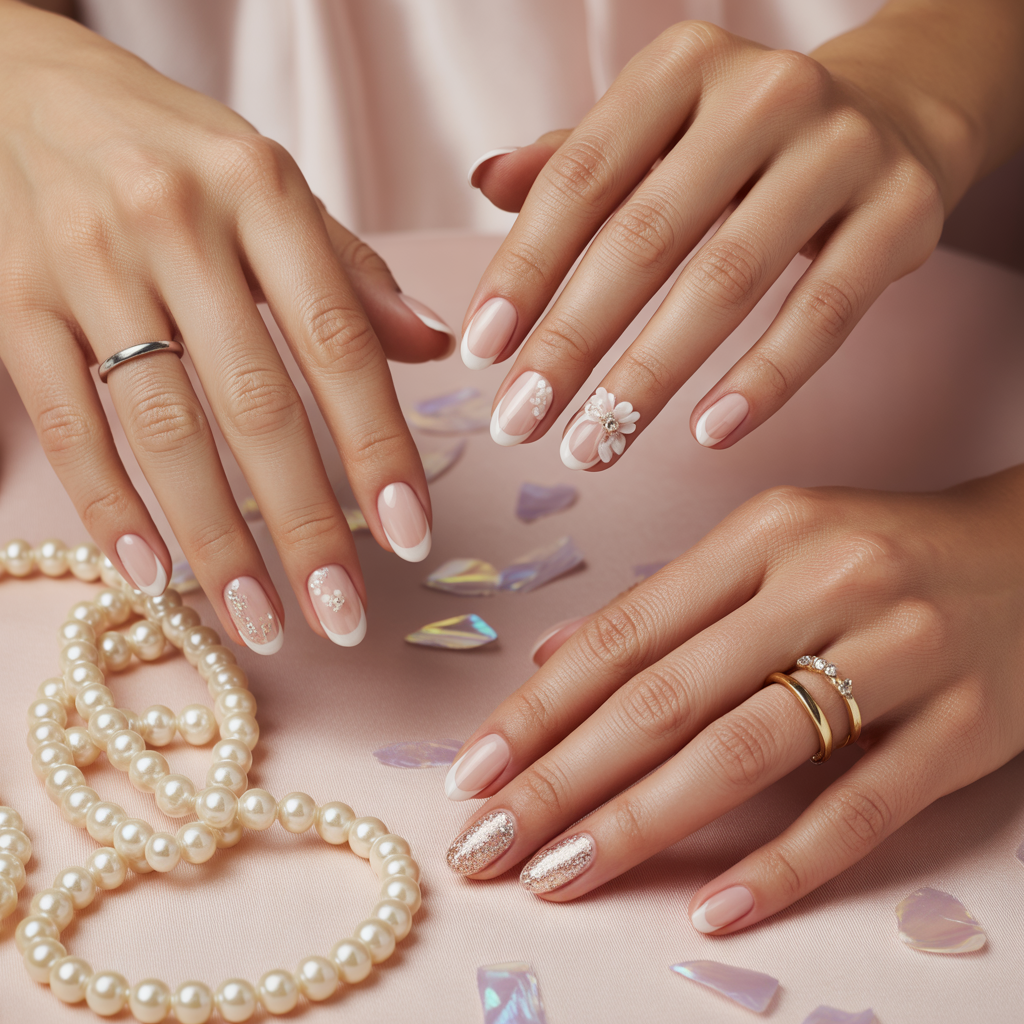25 Average Wedding Dress Cost Guide: From Budget to Luxury
The dream of a perfect wedding dress sits at the heart of every bride’s imagination. But when that dream meets reality, the question becomes simple and unyielding — what is the average wedding dress cost? This single query drives countless fittings, budget spreadsheets, and bridal appointments every year.
A wedding dress isn’t just fabric. It’s a statement of identity, an heirloom in progress, and for many brides, the emotional centerpiece of the wedding day. Understanding the average wedding dress cost helps couples plan practically while still honoring that dream.
Designer Influence on Wedding Dress Cost
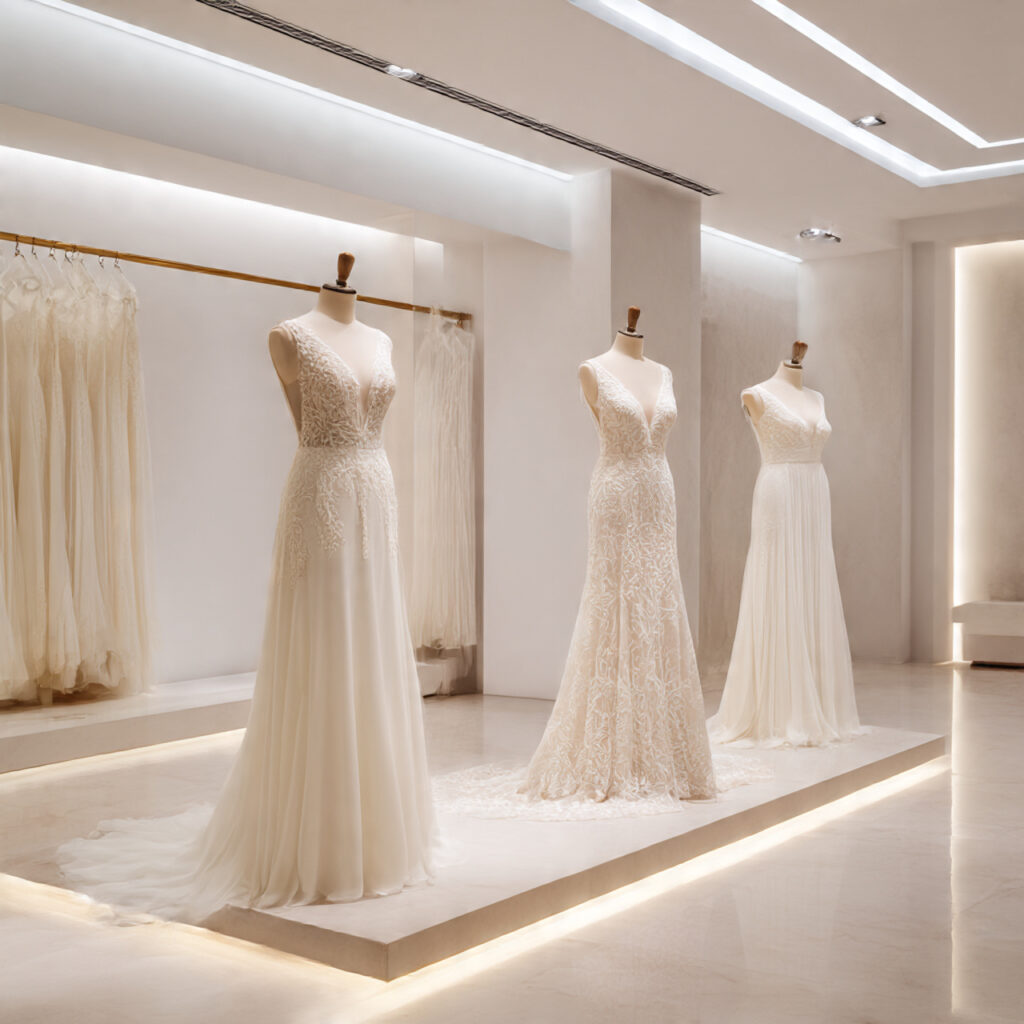
Designers shape perception and price. When a bride selects a gown from names like Vera Wang, Monique Lhuillier, or Berta, she isn’t just paying for fabric — she’s paying for artistry, legacy, and craftsmanship. High-end designers can start around $5,000 and climb to $20,000 or more. The average wedding dress cost skyrockets when the designer is globally recognized. But beneath the label lies undeniable value: expert tailoring, high-grade materials, and silhouettes sculpted to flatter the human form like no mass-produced gown ever could.
Custom Couture vs. Off-the-Rack Dresses
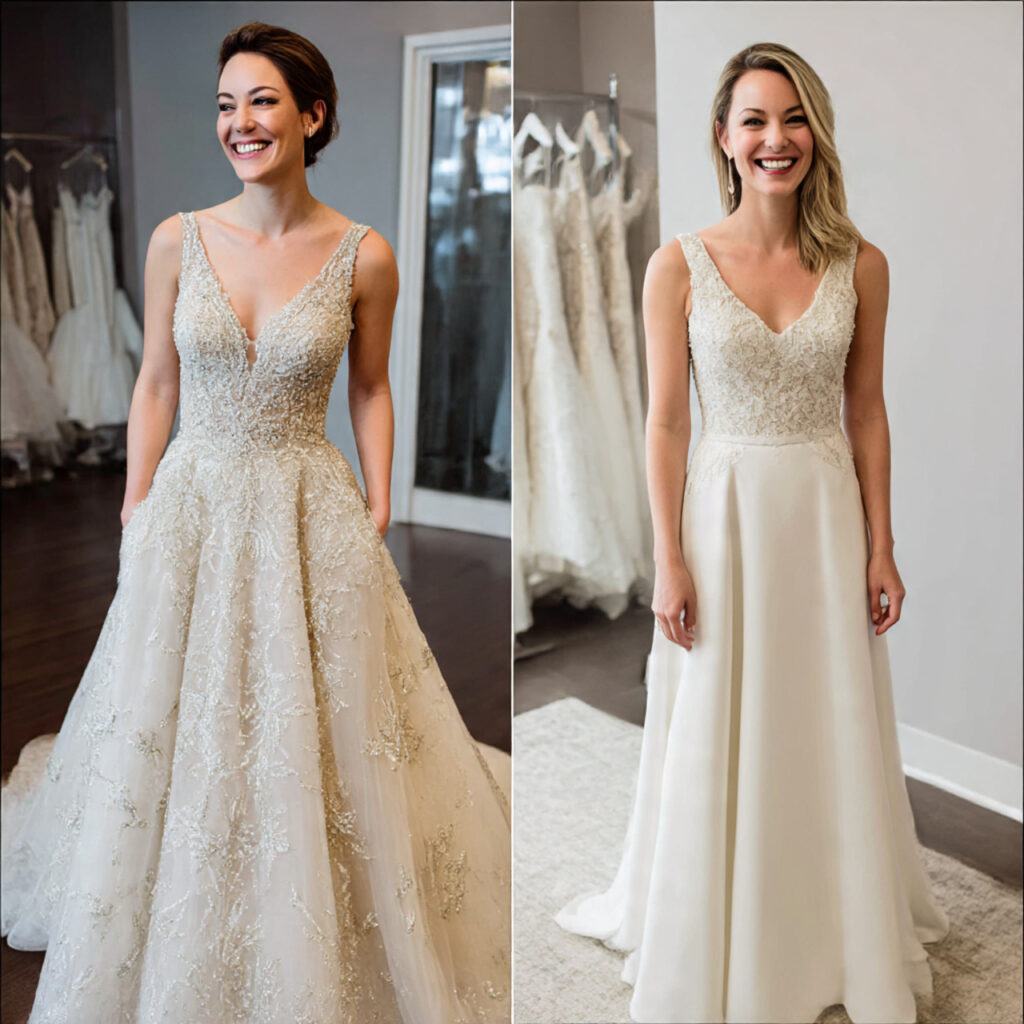
Custom couture is the Everest of bridal fashion. It’s designed from scratch for one bride alone. Every stitch, drape, and detail exists only once. Off-the-rack dresses, meanwhile, offer instant gratification at a lower cost. Couture starts at $7,000 and can reach $50,000 depending on designer reputation and handwork involved. Off-the-rack ranges between $1,000 and $2,500. The average wedding dress cost typically hovers in the $1,800–$2,500 bracket because that’s where quality and accessibility intersect.
The Fabric Factor

Fabric defines luxury. Silk, satin, tulle, lace, chiffon — each carries its own price tag. Authentic silk commands more than polyester blends, and delicate French lace can triple a dress’s cost. When brides wonder why one gown costs twice as much as another with a similar design, the answer often lies in the fabric. High-quality materials age beautifully, move gracefully, and photograph flawlessly — all reasons many brides are willing to push the budget.
Handcrafted Details Add Up
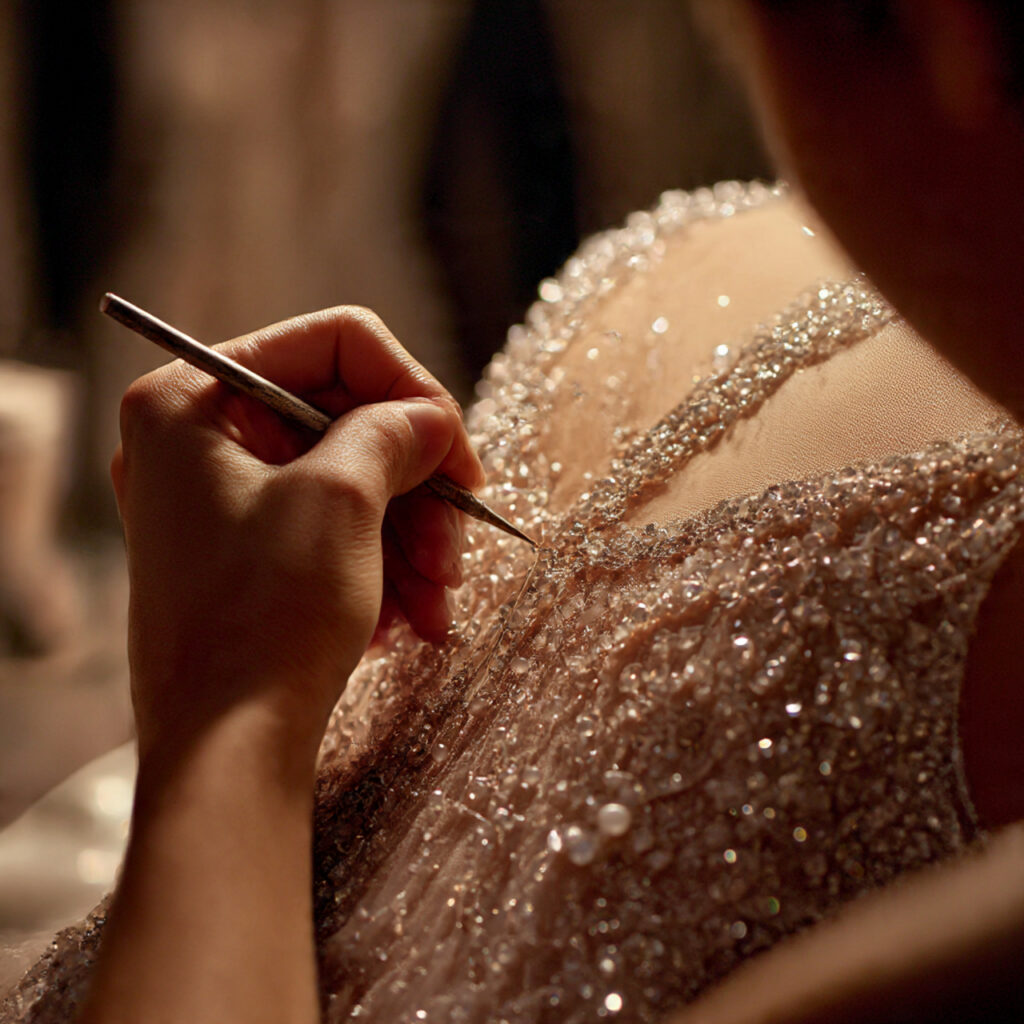
Beading, embroidery, and appliqué are art forms. Each crystal or pearl is attached by hand, requiring hours — sometimes weeks — of meticulous labor. This craftsmanship elevates a gown from beautiful to unforgettable. The more intricate the handwork, the higher the labor cost. A fully beaded gown can easily double the average wedding dress cost compared to a simpler silhouette.
The Role of Tailoring and Alterations
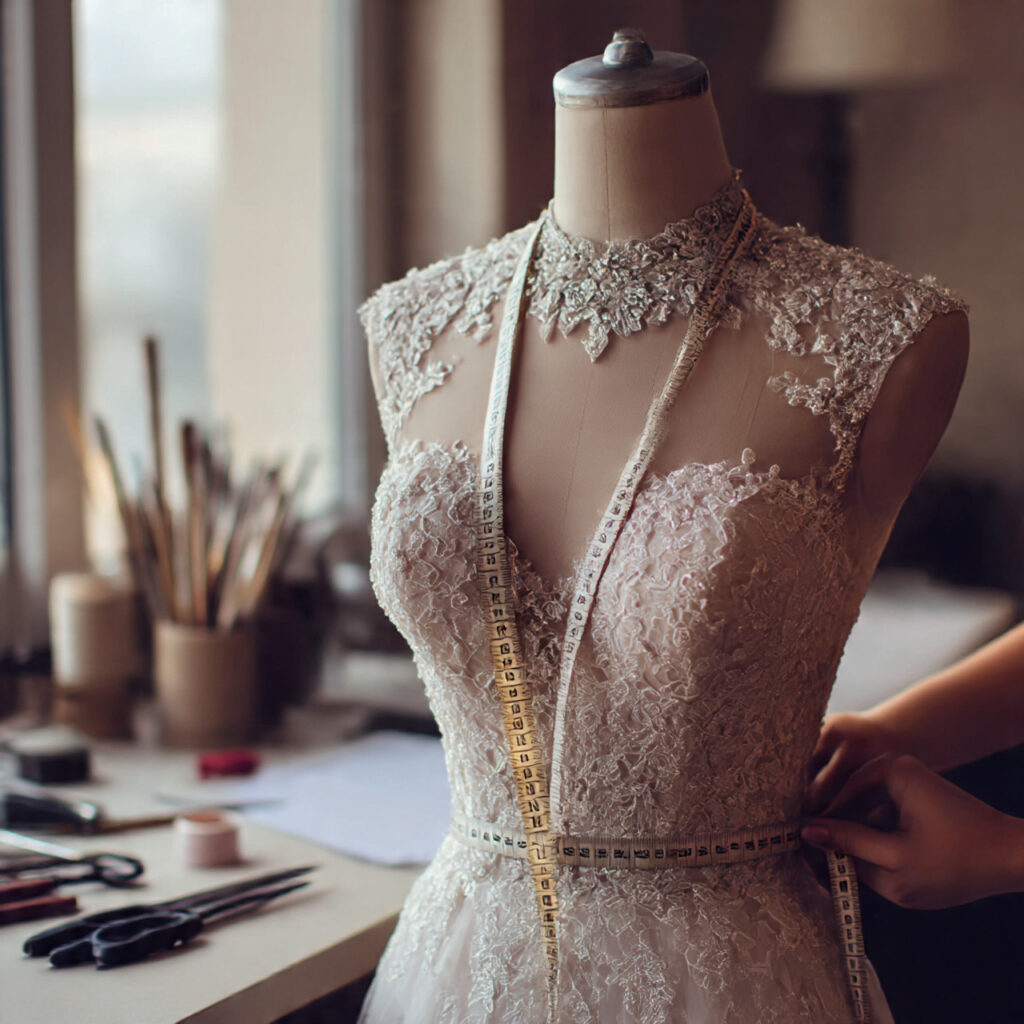
No gown fits perfectly off the rack. Alterations are the quiet, invisible cost most brides underestimate. A hemline adjustment, bust tailoring, and sleeve fitting can run from $200 to $600. Complex alterations on layered dresses may exceed $1,000. The smartest approach is to set aside at least 10–15% of your dress budget for tailoring — an essential investment that makes the gown truly yours.
Location and Boutique Pricing

A wedding dress in New York or London will cost more than one in smaller towns. Boutique overhead, rent, and regional economies play direct roles in pricing. A high-end bridal shop in Manhattan could charge $3,500 for a gown priced at $2,000 in the Midwest. Brides willing to travel or shop locally often save significantly without compromising style.
Vintage Wedding Dresses

Vintage gowns tell stories. Many brides turn to them for character, sustainability, or sentimental reasons. Buying vintage can lower the average wedding dress cost dramatically — often between $300 and $1,000 — depending on condition and designer. Restoration, cleaning, and minor adjustments may add a few hundred dollars, but the final result often carries soul money can’t buy.
Renting a Wedding Dress

Not every bride wants ownership. Dress rental is rising fast, especially among minimalists and destination wedding couples. Rental fees range between $100 and $1,000, depending on designer and condition. Some rental services include insurance and alterations. It’s an affordable option for brides who prefer to invest more in travel, photography, or the venue.
Sustainable and Ethical Brands
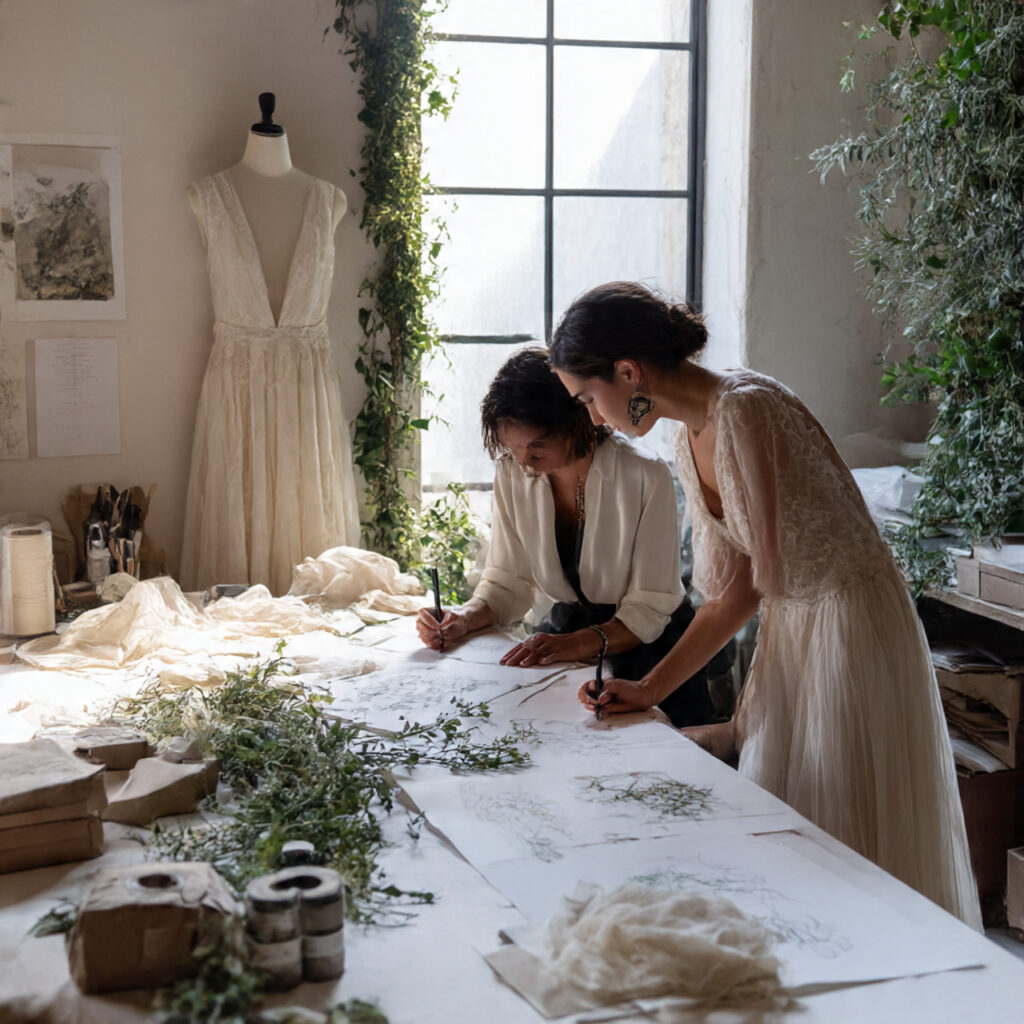
Eco-conscious brides now seek gowns crafted with sustainability in mind. Organic fabrics, fair labor practices, and local production all raise costs but reduce environmental guilt. Sustainable wedding dresses average between $1,500 and $3,000. They sit at the midpoint of the market but carry moral value beyond price. For many, the emotional ROI outweighs financial savings.
Online Wedding Dress Shopping

The digital era reshaped the bridal market. Online platforms like BHLDN, Reformation, and Etsy now offer beautiful gowns under $1,000. However, buying unseen carries risk. Fabric feel, fit, and finish can vary. Brides should budget extra for potential alterations. Still, when done right, online shopping can drastically lower the average wedding dress cost without sacrificing charm.
Minimalist Wedding Dress Styles

Simplicity can be luxurious. Minimalist gowns — sleek silhouettes, clean lines, minimal embellishment — often cost less but look effortlessly elegant. These dresses typically range between $800 and $1,800, falling comfortably below the national average. They suit modern brides who value confidence over ornamentation.
Secondhand or Consignment Dresses

A secondhand gown offers real-world practicality. Many brides wear their dresses once and sell them in near-perfect condition. Consignment shops and online resale platforms like Stillwhite or Nearly Newlywed offer designer gowns for half their original price. It’s smart, sustainable, and budget-friendly — with many under $1,200.
Destination Wedding Dresses

Destination weddings shift dress priorities. Lightweight fabrics, transport-friendly designs, and easy-care materials become key. Such dresses tend to cost less, between $700 and $1,500, because they’re simpler and less structured. A breezy gown for a beach wedding doesn’t demand a cathedral train or layered tulle — and that saves thousands.
Plus-Size Wedding Dresses
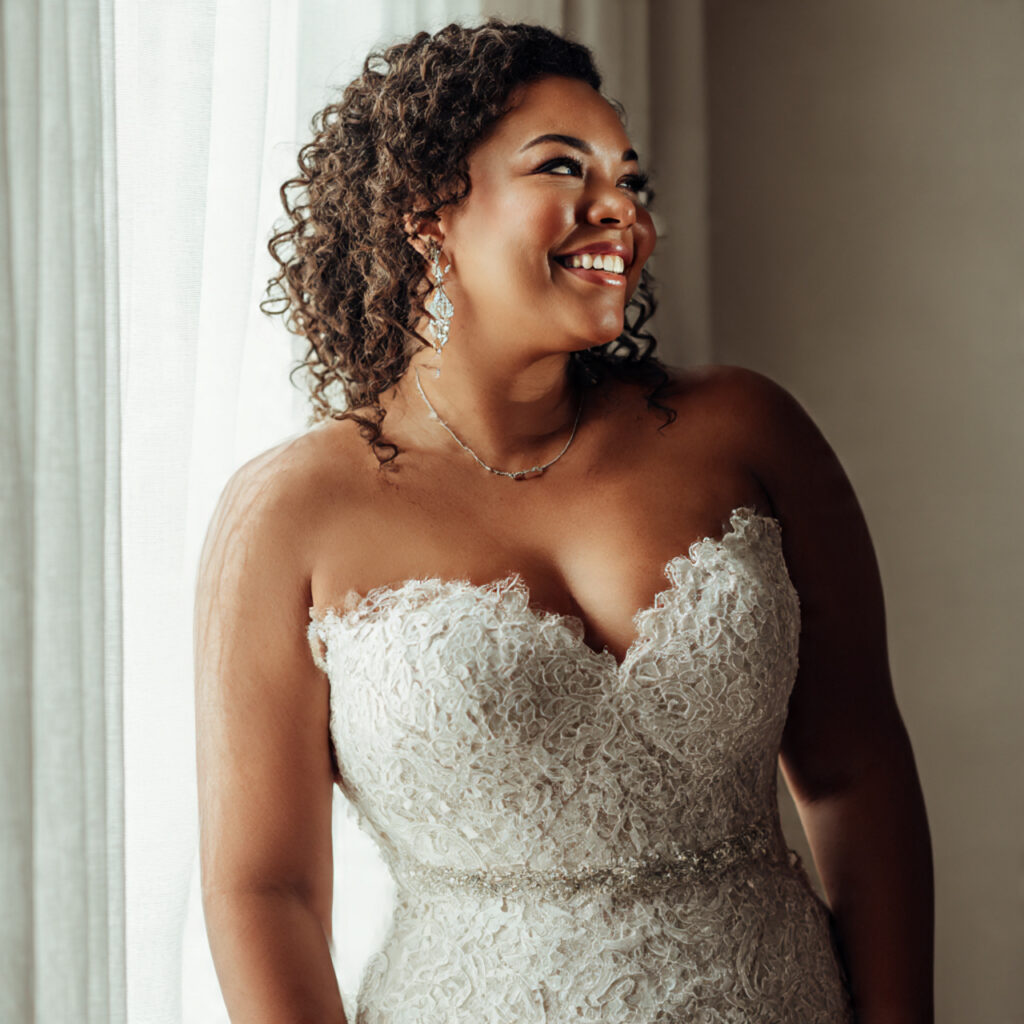
Inclusivity has reshaped bridal fashion, but plus-size dresses often cost slightly more due to fabric use and custom fitting. The average plus-size wedding dress cost ranges from $1,800 to $2,800. The extra expense comes from pattern adjustments, structural support, and limited inventory — but many designers now strive for price parity across sizes.
Cultural Wedding Dresses

Traditional attire like cheongsams, lehengas, or hanboks have their own price spectrum. Embroidery, silk weaving, and hand-dyed fabrics add value and authenticity. Cultural bridal wear may start at $1,000 and reach $10,000 or beyond, especially when handcrafted by artisans. While different from Western gowns, the cost dynamics mirror the same formula — material, craftsmanship, and cultural depth.
Celebrity Influence and Media Impact
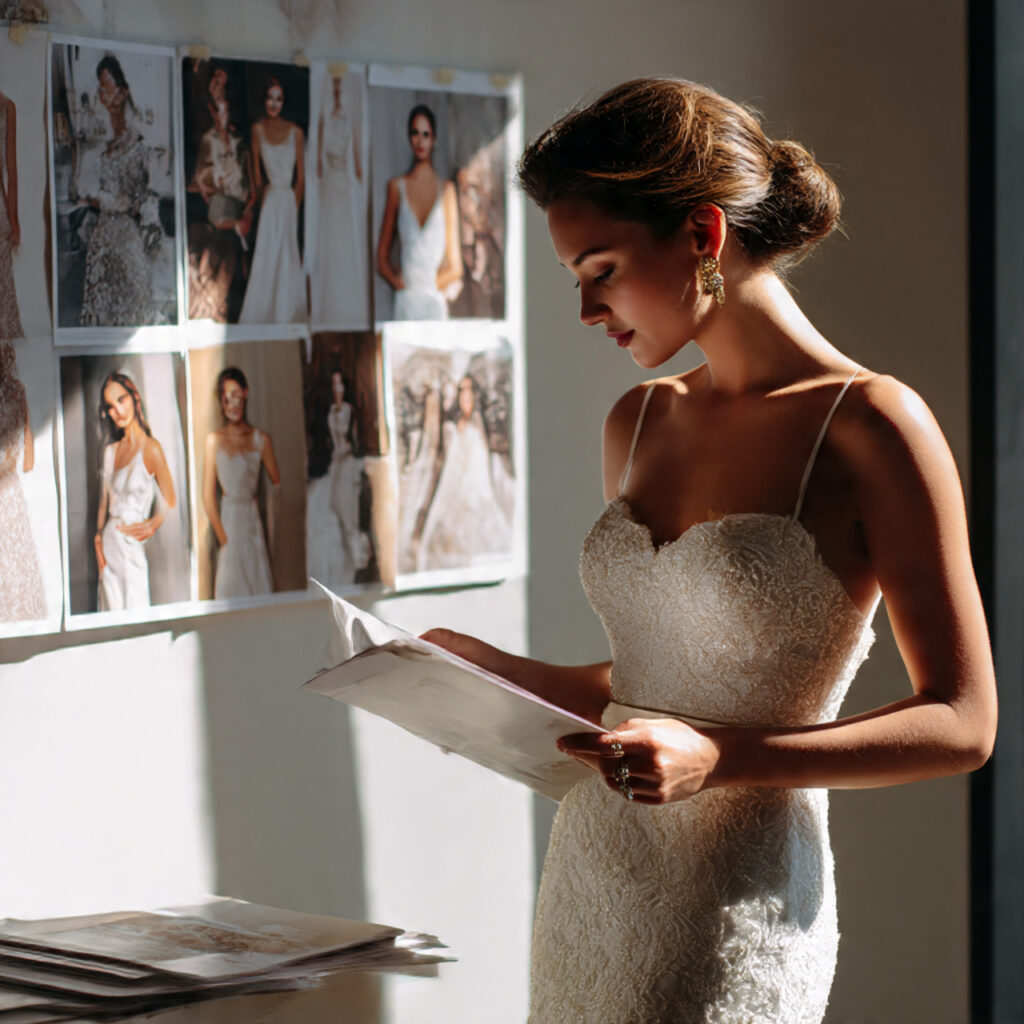
What brides see on red carpets and Pinterest boards often shapes budget expectations. When Meghan Markle wore Givenchy, minimalist gowns surged in popularity. Media exposure drives trends and demand, indirectly inflating prices across markets. Designers replicate high-profile styles, adding premium markups for “inspired” designs. Average wedding dress cost often spikes following celebrity weddings.
The Role of Accessories
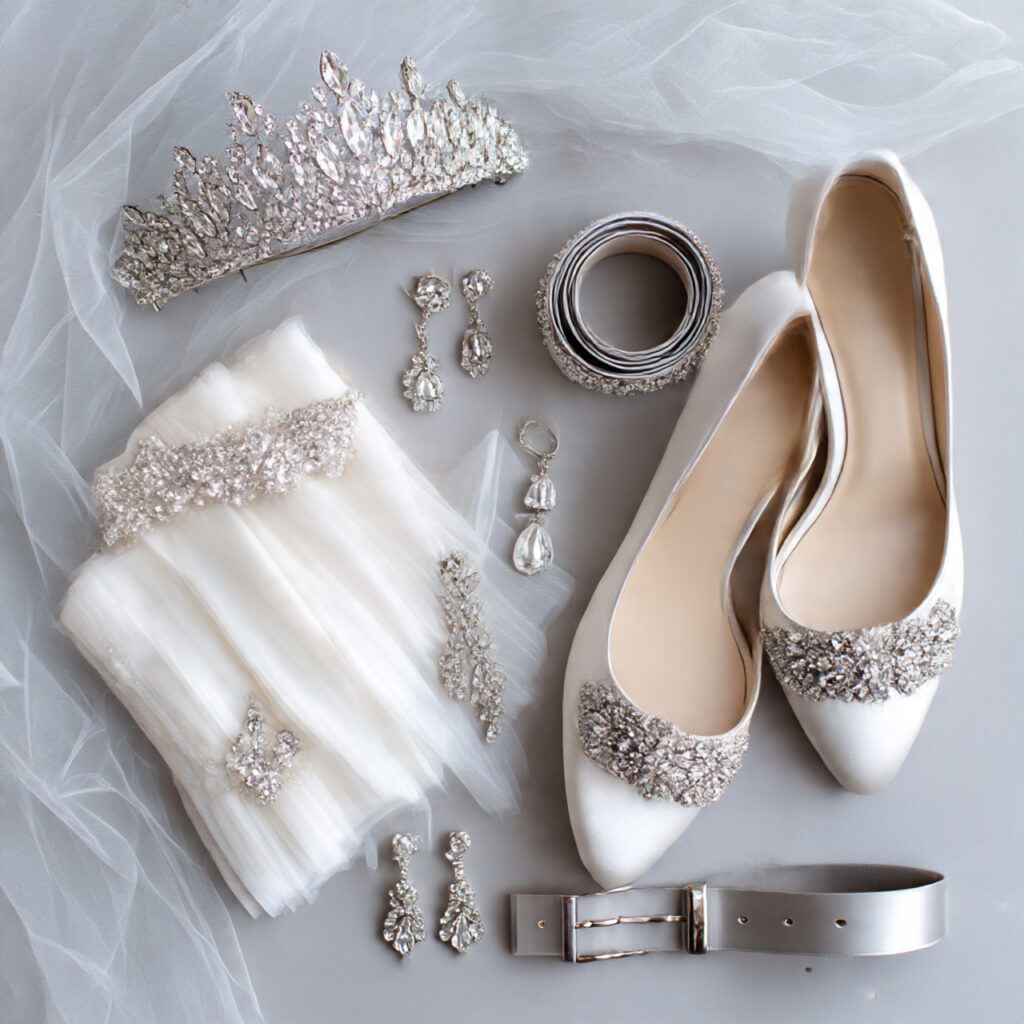
The gown isn’t the full picture. Veils, belts, jewelry, and shoes extend the total wardrobe cost. A cathedral veil alone can add $400–$1,000. Custom accessories designed to match the gown can raise the total outfit cost by 10–20%. Many brides forget these details in early budgeting.
Alteration-Friendly Fabrics

Some fabrics alter more easily than others. Satin and crepe adjust cleanly, while beaded lace or heavily embroidered gowns require specialized tailoring. Choosing alteration-friendly materials can save hundreds. It’s a practical, often overlooked way to manage the total average wedding dress cost without compromising quality.
Pre-Wedding Sales and Sample Gowns
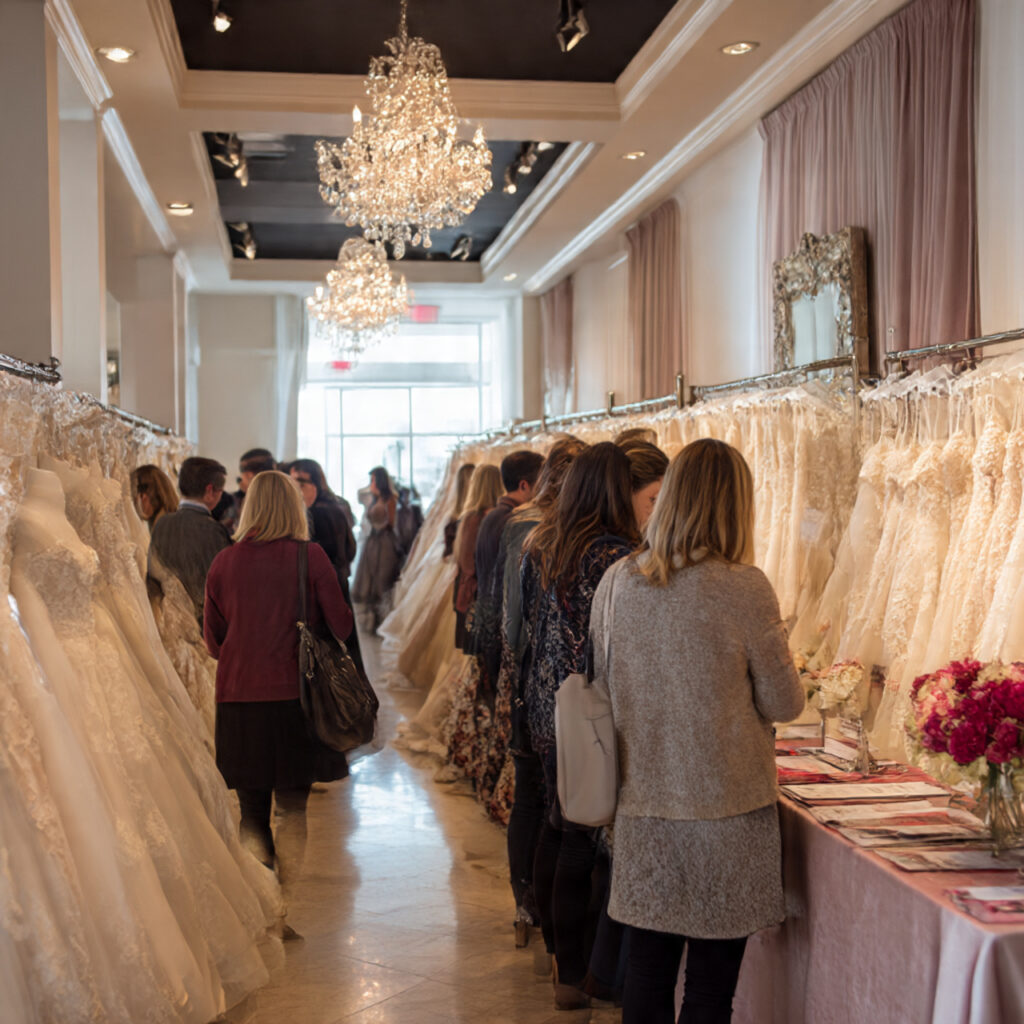
Timing can save money. Bridal boutiques often hold annual or semi-annual sample sales to clear inventory. Sample gowns — the floor models brides try on — sell for 40–70% off. They might need cleaning or small fixes, but the savings can be dramatic, with designer gowns under $1,000.
Short Wedding Dresses

Short dresses redefine tradition. Perfect for civil ceremonies or garden weddings, they’re stylish and cost-efficient. Prices start around $400 and rarely exceed $1,500. They require less fabric, fewer alterations, and pair beautifully with bold accessories. Many modern brides choose them for after-parties or elopements.
The Emotional Value of the Dress
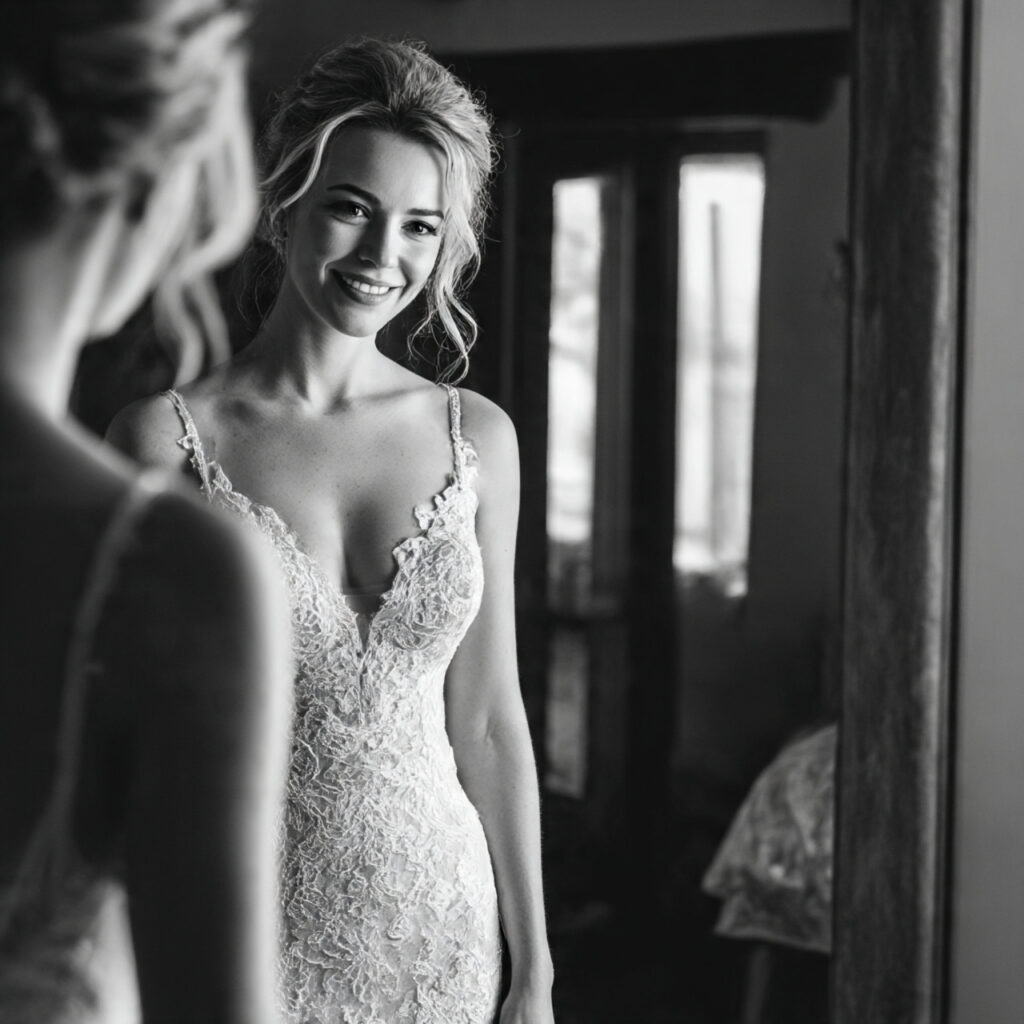
Beyond cost and material, there’s emotion. Brides often spend more than planned because of how a dress makes them feel. When a gown transforms a moment — when it feels like “the one” — logic often bends. That emotional weight drives final purchase decisions more than price tags ever could.
Resale Value Considerations

Some brides offset expenses by reselling their gowns. The resale value depends on condition, designer, and cleaning. High-end labels retain strong resale appeal, while custom or altered gowns sell for less. Expect recovery of 40–60% of the original price if listed quickly after the wedding.
Cleaning and Preservation Costs
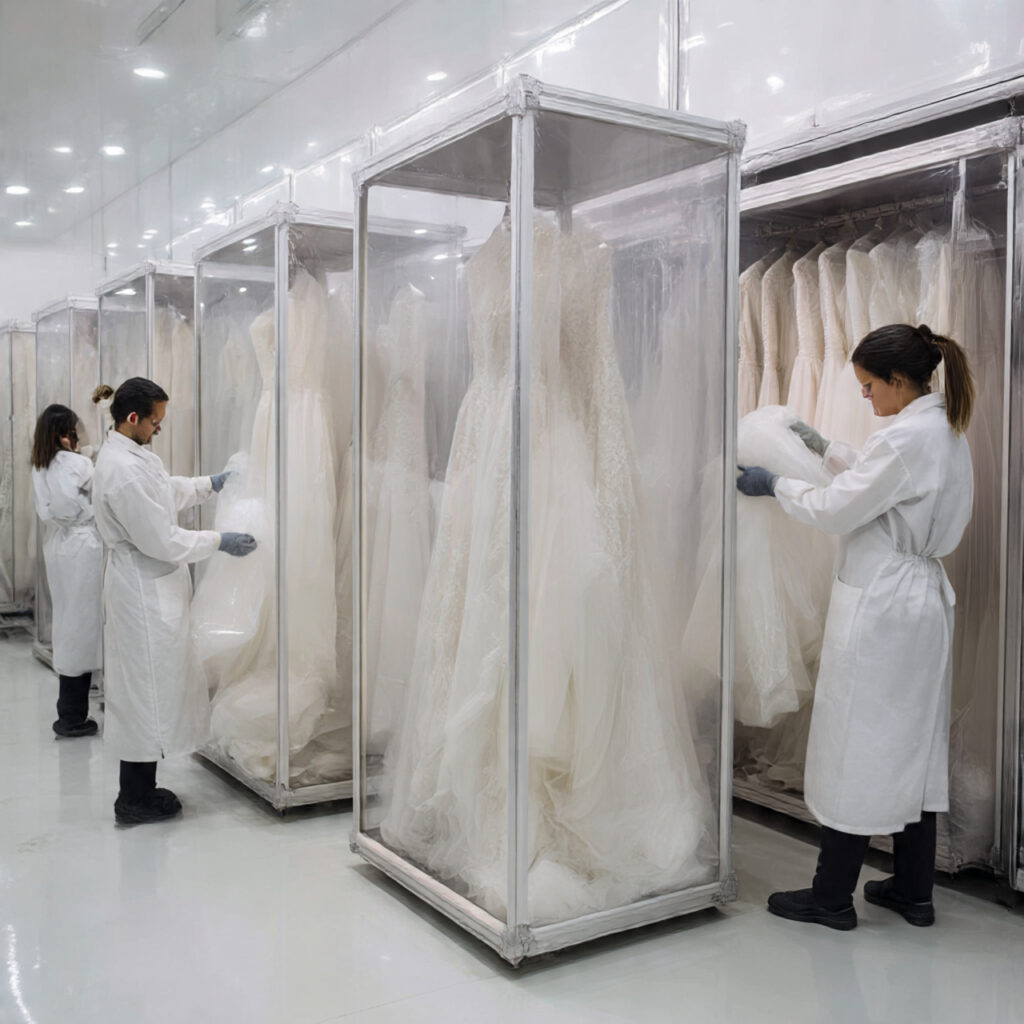
After the celebration, preservation becomes the next hidden cost. Professional cleaning runs $150–$300, and preservation boxes can reach $500. These services protect the gown from yellowing, moisture, and damage — vital if the bride plans to pass it down or resell it.
Budgeting Realistically
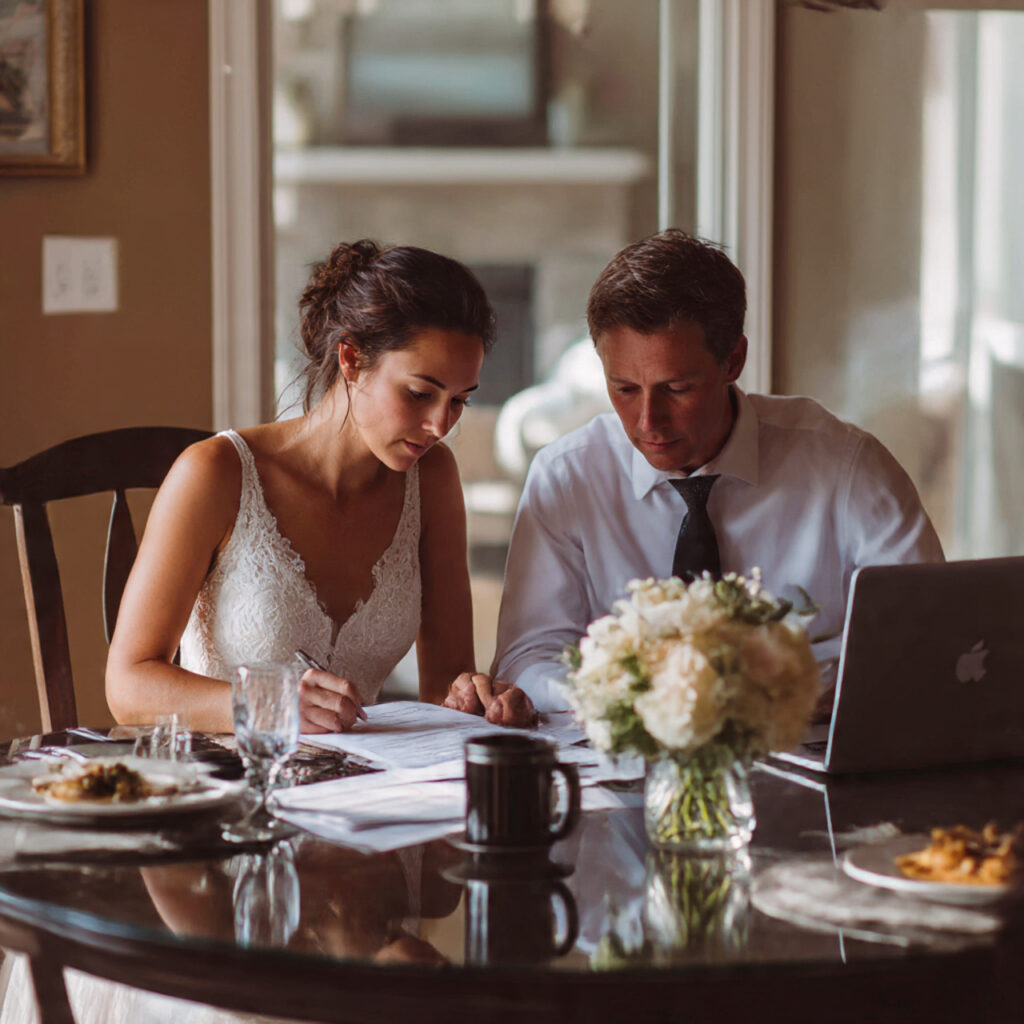
A practical wedding budget allocates 8–10% for attire, including the gown, shoes, and accessories. If the total wedding budget is $30,000, that’s roughly $2,400 for the dress. Staying within this range aligns with national averages while still allowing for beauty and comfort.
Emotional Preparedness and Perspective

The wedding industry thrives on emotion. Prices reflect both craftsmanship and the intangible value of dreams fulfilled. Understanding the average wedding dress cost is about empowerment — knowing where money goes, what matters most, and how to honor both budget and emotion in balance.
FAQs About Average Wedding Dress Cost
1. What is the current average wedding dress cost in the U.S.?
The average wedding dress cost in the United States is around $1,900–$2,400, depending on designer, region, and material. Custom and couture options climb far higher, while off-the-rack or resale gowns often fall below $1,000.
2. Why do alterations add so much to the total cost?
Alterations require skilled labor. Each adjustment is made by hand to ensure precision and comfort. Dresses with layers, boning, or intricate beading take longer and cost more to alter.
3. Is it cheaper to buy a dress online?
Usually, yes. Online boutiques often sell at lower markups, but the risk of poor fit or low-quality fabric exists. Always check reviews, order samples, and budget extra for tailoring.
4. How early should I buy my wedding dress?
Brides should order their gowns 8–10 months before the wedding. This allows time for production, shipping, and multiple alteration fittings without stress.
5. Can I find a beautiful dress under $1,000?
Absolutely. Many brands now offer elegant designs below $1,000, especially if purchased online, during sales, or through consignment. With patience and research, beauty doesn’t have to break the budget.
Conclusion
The average wedding dress cost reflects a delicate balance between artistry and affordability. Every gown tells a story — of craftsmanship, culture, emotion, and economy.
Whether a bride spends $500 or $15,000, the real value lies in how the dress makes her feel. Knowledge empowers choice. By understanding the true elements that shape cost — from fabric to fit — brides can invest wisely, confidently, and meaningfully.
Because in the end, the perfect wedding dress isn’t the most expensive one. It’s the one that feels like home.


